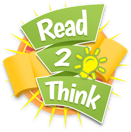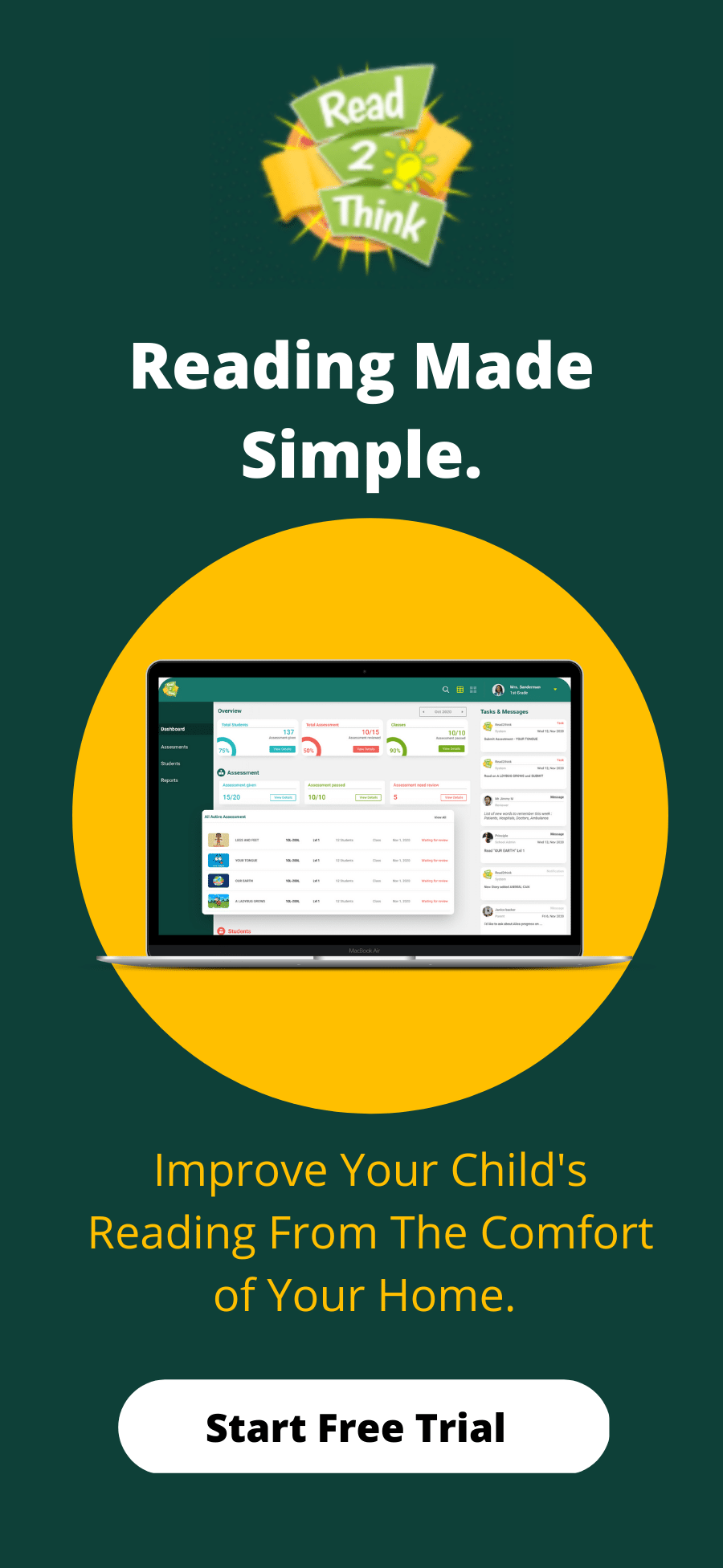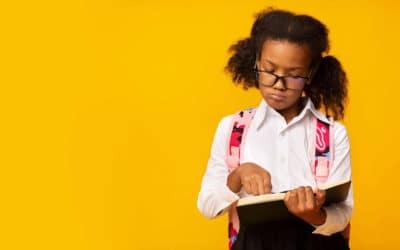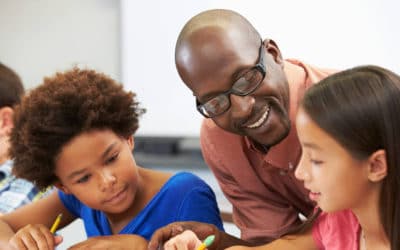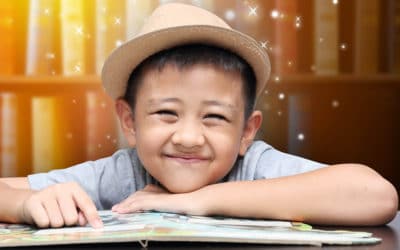Growing up, what was your favorite book? Did you have one? Was it a common classic, like “Goodnight, Moon” or “The Giving Tree”? Or something unique to your upbringing?
Who was the main character in your favorite book? Did they remind you of yourself? Did they look like you?
For many adults and children, the answer to that last question is probably, “no”. Children’s books historically have featured two types of main characters: animals and white children. And when 40% of the U.S. population identifies as Latino, Black, Asian, or Indigenous, that’s a problem.
How Many Children’s Books Feature BIPOC?
According to a study by the Cooperative Children’s Book Center at the University of Wisconsin, in 2013, of the 3,200 children’s books published, only 93 featured characters or storylines relating to the Black diaspora. That’s only 3% of children’s books published in 2013.
Why is Representation of POC in Children’s Literature Important?
In 1988, educator Emily Style introduced the phrase “windows and mirrors” to refer to literacy and books. The phrase refers to the fact that books have the ability to serve as “windows” into a world unknown or unfamiliar to readers, and as “mirrors” for readers to see their own likeness, experiences, and stories told by the author. This phrase expanded in 1990, when author and educator Rudine Sims Bishop added that books serve as “sliding glass doors”, giving readers the ability to see, and access, something they had never experienced before.
But when all the books you read tell stories that focus on anthropomorphic animals, which are animals given human mannerisms or characteristics; or children and characters that don’t reflect your everyday experience, it can be difficult to turn that experience into a “mirror” or a “sliding door”.
Author Walter Dean Myers acknowledged this in his 2014 article, “Where are the people of color in children’s books?” In this article, Myers, author of the award-winning young adult novel “Monster”, reflects on the moment when his love for reading and his own identity as a young Black man collided.
“Books did not become my enemies. They were more like friends with whom I no longer felt comfortable. I stopped reading. I stopped going to school. On my 17th birthday, I joined the Army. In retrospect I see that I had lost the potential person I would become — an odd idea that I could not have articulated at the time, but that seems so clear today.”
In order to ensure that students and children from historically marginalized backgrounds are able to engage, connect, and develop their love for reading and literature, it is imperative that they are given the opportunity to find literature that not only reflects them, but tells their own unique stories and experiences. But that doesn’t necessarily just start with authors.
In 2015, Lee & Low Books, an independent publisher of multicultural literature, published the first major study examining staff diversity in publishing. Results found that across the 40 publishing houses and review journals that participated in the study, 80% of staff self-identified as white.
NPR focused on the topic of diversity in publishing in their 2016 article, “Diversity In Book Publishing Isn’t Just About Writers — Marketing Matters, Too”, speaking with Kima Jones, owner of the Los Angeles-based publicity company Jack Jones Literary Arts. From Jones perspective, there is a dire need for diversity in publishing, not just authors and writers, in order to provide the systems level support for writers of color.
“There needs to be more women of color in publishing, in positions of power, period. As I see other book clubs and speaking series, reading series, organizations pop up that are dedicated to writers of color, queer writers, disabled writers, other marginalized writers, I’m like: yeah, do that! This is what we need.”
In order for authors to tell stories about diverse characters and experiences, they have to not only make it through the publishing house doors, but ensure that the team working with them on publishing, marketing, and distributing their books understand the story being told and the audience being emphasized. If they’re unable to do that, they run the risk of having their book be underpublicized, not reaching the communities they are trying to uplift.
Diversity in children’s literature doesn’t just benefit children of color, but all children, allowing from an early age for conversations to take place relating to race, religion, ability, and other ways that we, as humans, each come from different backgrounds while sharing similarities. Offering stories and characters that represent people of color allows children not from these groups to build empathy for others, while simultaneously encouraging positive recognition of self for children of color. Think about it, if you are making soup, you need a grouping of diverse ingredients: water, broth, vegetables, seasonings, and meat.
When these ingredients blend together, you are fed and sustained. Similarly, a range of ingredients and experiences from people of color can enrich the minds of youth and build their understanding to reduce fear and improve care and love for not only their in-group, but those around them. While anthropomorphism (characterizing animals or other non-human entities with human characteristics/abilities) in literature does have its benefits, allowing writers to tell stories about morals, ethics, and serious situations while placing an emotional distance between the reader and the characters, when every children’s book places that distance, it can be difficult for readers to connect with the story on a human level.
As parents, reading to your child is a necessary part of child development and is one of the simplest ways to foster a love of learning and build connection with the little human you’re raising. Therefore, it is important to keep in mind what values you hope to instill in your child as they grow up, and how their exposure to literature that reflects not only the world they experience every day but also the world beyond their lived experience can contribute to their development. Making an effort to seek out children’s books and resources that reflect BIPOC and their perspectives, is one of the simplest ways to build your child’s ability to empathize with others, especially those who may not look like the people they are exposed to everyday.
